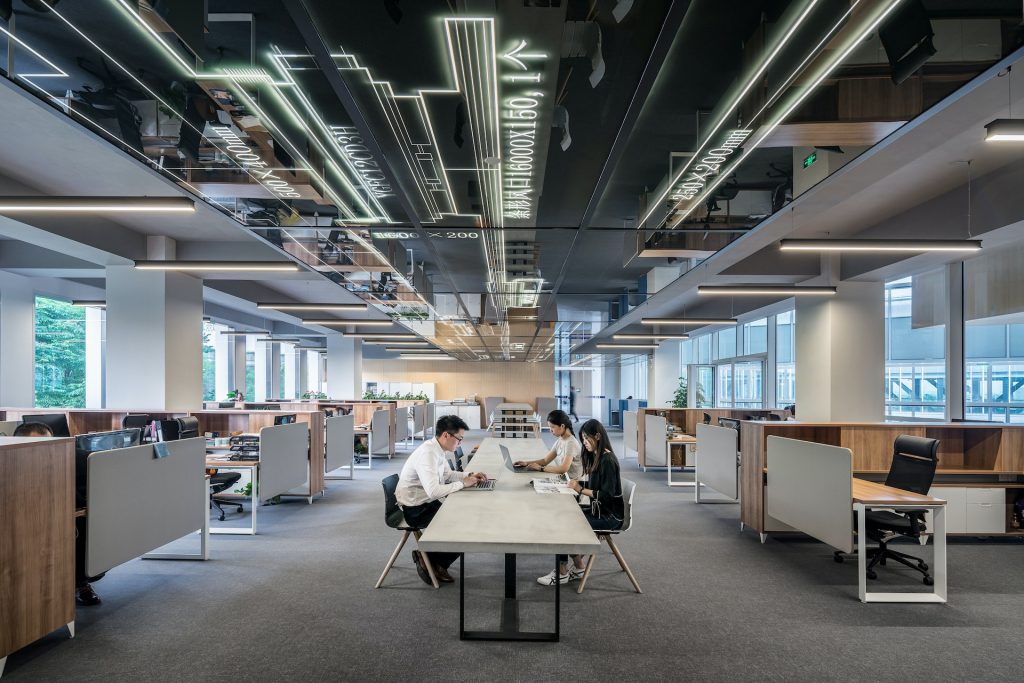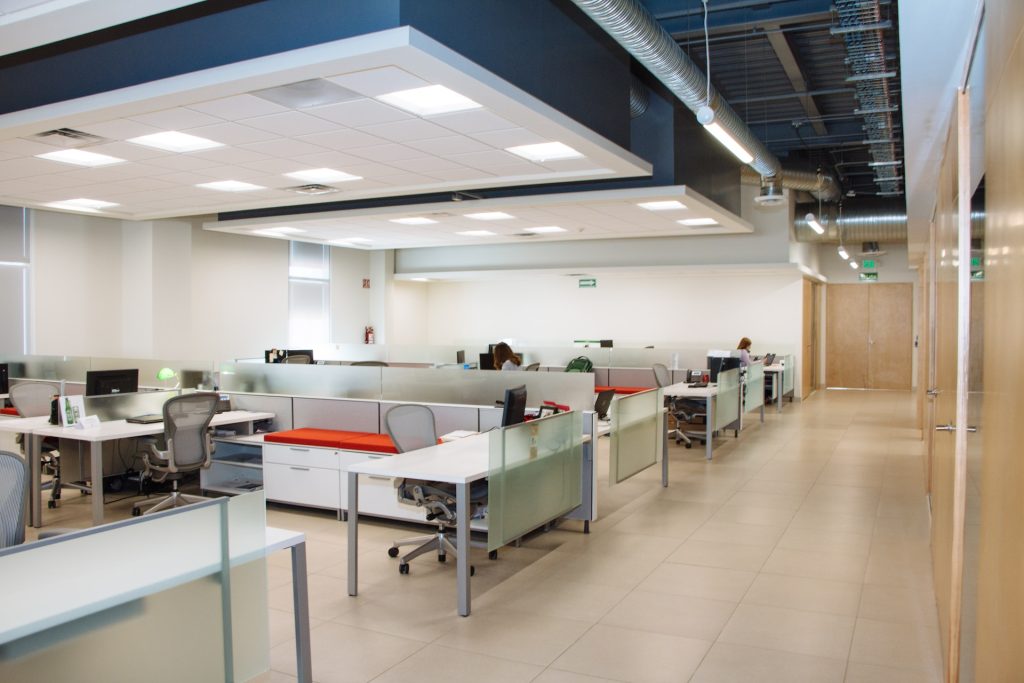Choosing the right office space for your business is a pivotal decision that can significantly impact your operations and employee satisfaction. Among the primary considerations when selecting office space, one of the most crucial is determining the size of the office itself. Should you go for a compact and cosy small office, or opt for a more spacious and expansive large office? Each option comes with its own set of advantages and disadvantages, and the choice you make can influence your business’s performance, culture, and financial health.
In this comprehensive guide, we’ll explore the key factors to consider when deciding between a small office and a large office, helping you make an informed decision that aligns with your business’s goals and needs.
Defining Small and Large Offices
Before we delve into the considerations, let’s establish what constitutes a small office and a large office. These terms can be somewhat relative and may vary based on location, industry, and individual preferences. However, we can generally define them as follows:
Small Office: A small office typically ranges up to 1,000 square feet, accommodating a limited number of employees and workstations. It’s characterised by its compact size and often has a more intimate atmosphere.
Large Office: A large office is more spacious, typically exceeding 1,000 square feet and accommodating a greater number of employees and workstations. It offers ample room for expansion and various workspace configurations.
Now that we have a clear understanding of the size distinctions, let’s explore the factors that will help you decide which type of office is right for your business.
1. Budget Considerations
Small Office: A small office generally comes with a smaller price tag in terms of rent and operational costs. It’s an attractive option for startups and small businesses with limited budgets. Lower rent expenses can free up capital for other critical business needs.
Large Office: Larger offices typically command higher rents due to the increased space and amenities they offer. While they provide more room for growth, they can strain the budget of smaller businesses. However, for established companies with larger budgets, the investment in a larger office may be worthwhile.
Consideration: Carefully evaluate your budget constraints. While a larger office might offer more space and amenities, a small office can be more cost-effective, especially for businesses in their early stages.

2. Growth and Scalability
Small Office: Small offices may become cramped as your business grows. If your business is expanding rapidly, you may quickly outgrow the space. However, small offices can be ideal for businesses with stable or predictable growth patterns.
Large Office: Large offices provide room for expansion without the need for frequent relocations. They can accommodate growing teams, additional workstations, and evolving workspace configurations.
Consideration: Consider your business’s growth trajectory. If you anticipate rapid expansion, a larger office may be a more strategic long-term choice.
3. Employee Collaboration and Culture
Small Office: Smaller offices often foster close-knit teams and a sense of camaraderie due to their intimate environment. They encourage spontaneous interactions and collaboration among employees.
Large Office: Larger offices can create physical distance between employees and departments, potentially reducing the opportunity for spontaneous collaboration. However, they provide more space for dedicated meeting rooms and collaborative workspaces.
Consideration: Think about your company culture and the nature of your work. If collaboration is a top priority and your team thrives on close interactions, a smaller office may be preferable. For more structured meetings and collaboration spaces, a larger office may be better suited.
4. Employee Comfort and Productivity
Small Office: Smaller offices can feel cosy and comfortable, but they may also feel cramped, which could potentially impact employee satisfaction and productivity if not well-designed.
Large Office: Larger offices provide more spacious work areas, reducing the potential for crowding and allowing for ergonomic workspace layouts. This can contribute to employee comfort and productivity.
Consideration: Consider the well-being of your employees. An overcrowded small office may lead to discomfort and reduced productivity. A well-designed large office can provide a more comfortable and productive environment.
5. Brand Image and Impressions
Small Office: Smaller offices may project a less substantial or less prestigious image to clients and partners. However, they can also convey a sense of agility and resourcefulness.
Large Office: Larger offices in prime locations can convey a more prestigious and established image. They may impress clients and partners with the appearance of stability and success.
Consideration: Think about the impression you want to make on clients, partners, and visitors. Your office size and location can influence their perception of your business.

6. Cost Efficiency
Small Office: Smaller offices are generally more cost-effective in terms of rent and operational expenses. They allow you to allocate your budget to other business priorities.
Large Office: While larger offices may come with higher costs, they can also offer cost-efficiency benefits, such as economies of scale, shared resources, and centralised services.
Consideration: Weigh the upfront costs of a larger office against the potential long-term cost efficiencies and benefits it may offer.
7. Employee Privacy and Personal Space
Small Office: Smaller offices may provide less personal space for employees, which could lead to reduced privacy. Individual workstations may be limited in size.
Large Office: Larger offices often offer more spacious individual workstations and may provide private offices for select employees, promoting a sense of personal space and privacy.
Consideration: Consider the preferences and work styles of your employees. Some may value personal space and privacy, while others may thrive in a more communal, open workspace.
8. Branding and Customisation
Small Office: Smaller offices may have limited space for branding and customization. It can be challenging to create a unique and branded environment in a compact space.
Large Office: Larger offices provide more space for customising the workspace to reflect your brand identity, values, and culture. They offer more opportunities for branding and design.
Consideration: Think about the importance of branding and customization in your office space. If it’s a significant aspect of your business identity, a larger office may offer more creative possibilities.
In conclusion, the choice between a small office and a large office is not one-size-fits-all; it depends on the unique needs, goals, and circumstances of your business. Consider your budget, growth plans, and company culture when making your decision. Additionally, consult with a real estate expert or leasing agent who can help you explore available options and negotiate favourable lease terms. Ultimately, the right office space should align with your business’s vision and contribute to its success.





